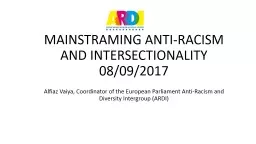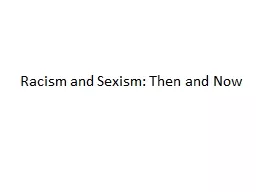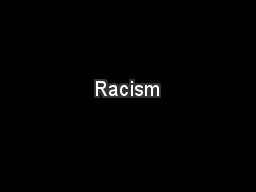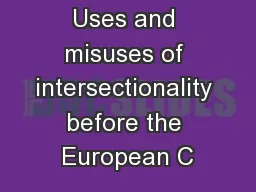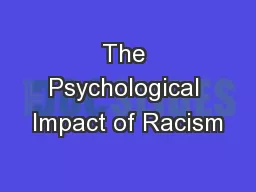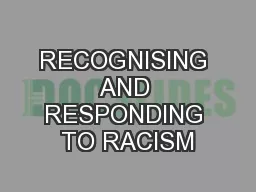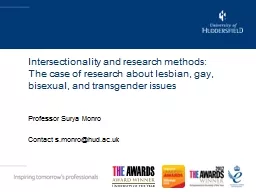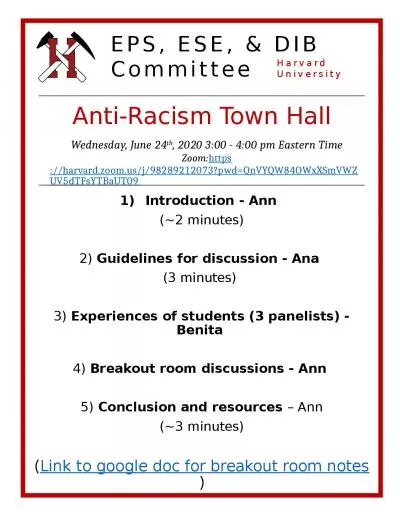PPT-MAINSTRAMING ANTI-RACISM AND INTERSECTIONALITY
Author : tatyana-admore | Published Date : 2018-03-16
08092017 Alfiaz Vaiya Coordinator of the European Parliament Anti Racism and Diversity Intergroup ARDI EUROPEAN PARLIAMENT ANTIRACISM AND DIVERSITY INTERGROUP
Presentation Embed Code
Download Presentation
Download Presentation The PPT/PDF document "MAINSTRAMING ANTI-RACISM AND INTERSECTIO..." is the property of its rightful owner. Permission is granted to download and print the materials on this website for personal, non-commercial use only, and to display it on your personal computer provided you do not modify the materials and that you retain all copyright notices contained in the materials. By downloading content from our website, you accept the terms of this agreement.
MAINSTRAMING ANTI-RACISM AND INTERSECTIONALITY: Transcript
Download Rules Of Document
"MAINSTRAMING ANTI-RACISM AND INTERSECTIONALITY"The content belongs to its owner. You may download and print it for personal use, without modification, and keep all copyright notices. By downloading, you agree to these terms.
Related Documents

